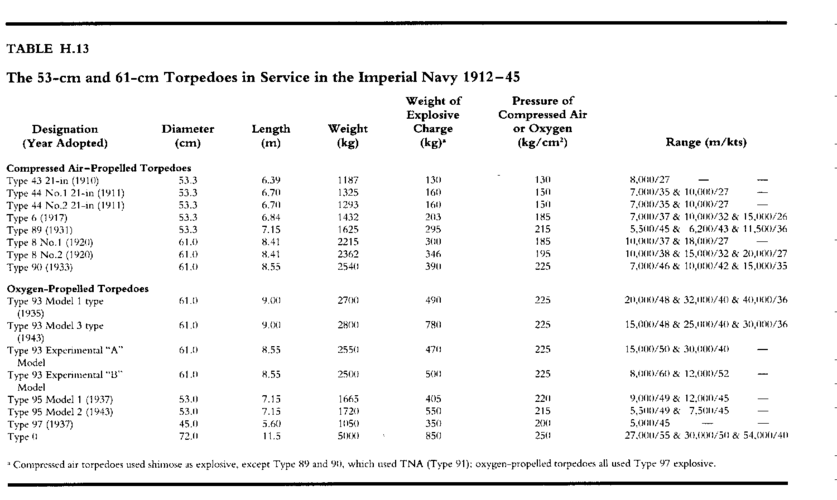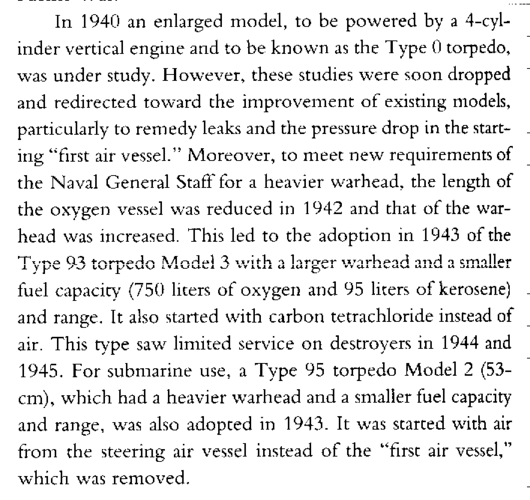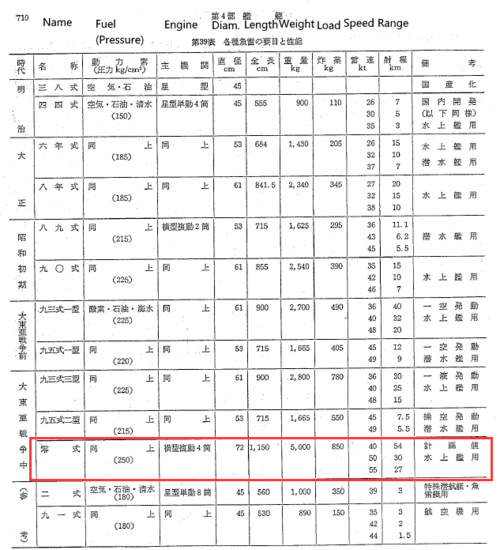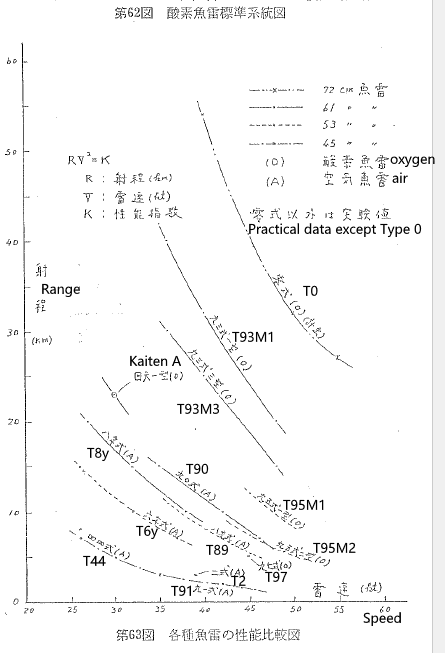YourChair
ACCESS: Confidential
- Joined
- 24 October 2021
- Messages
- 73
- Reaction score
- 106
Hello,
Does anyone have information on the Japanese 720mm torpedo? Several people (some Japanese and Chinese blogs and some guy on Axis history forums) have mentioned a 720mm torpedo developed from 1944 into 1945. However, the response to that post: https://forum.axishistory.com/viewtopic.php?t=161549
cites Lacroix's Japanese Cruisers of the Pacific War (as a tangent, I would love to have that book, but the price tag is crazy, $160 minimum). Apparently a 720mm Type 0 torpedo existed, which fits the bill for the various characteristics and descriptions ascribed to the supposed 1944 torpedo:
Can anyone confirm some of this information?
Does anyone have information on the Japanese 720mm torpedo? Several people (some Japanese and Chinese blogs and some guy on Axis history forums) have mentioned a 720mm torpedo developed from 1944 into 1945. However, the response to that post: https://forum.axishistory.com/viewtopic.php?t=161549
cites Lacroix's Japanese Cruisers of the Pacific War (as a tangent, I would love to have that book, but the price tag is crazy, $160 minimum). Apparently a 720mm Type 0 torpedo existed, which fits the bill for the various characteristics and descriptions ascribed to the supposed 1944 torpedo:
Projected characteristics:
- Diameter 72cm
Length 11.5m
Weight 5000kg
Warhead, 850kg Type 97 explosive (60% TNT and 40% hexanitrodiphenylamine)
Oxygen pressure 250kg/cm2
Range 27,000m at 55 knots; 30,000m at 50 knots; 54.000m at 40 knots.
Can anyone confirm some of this information?





